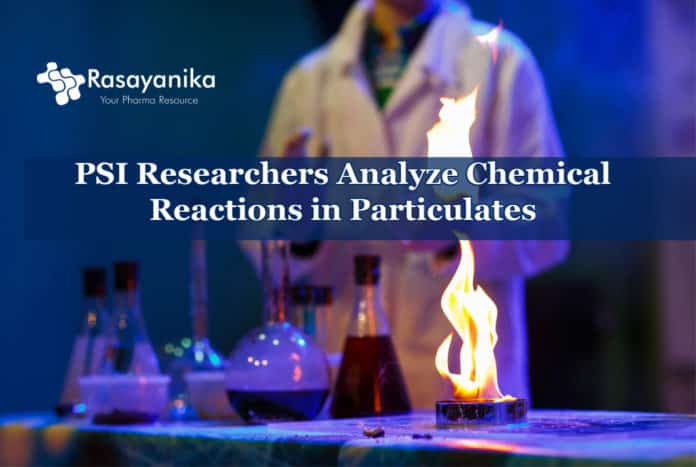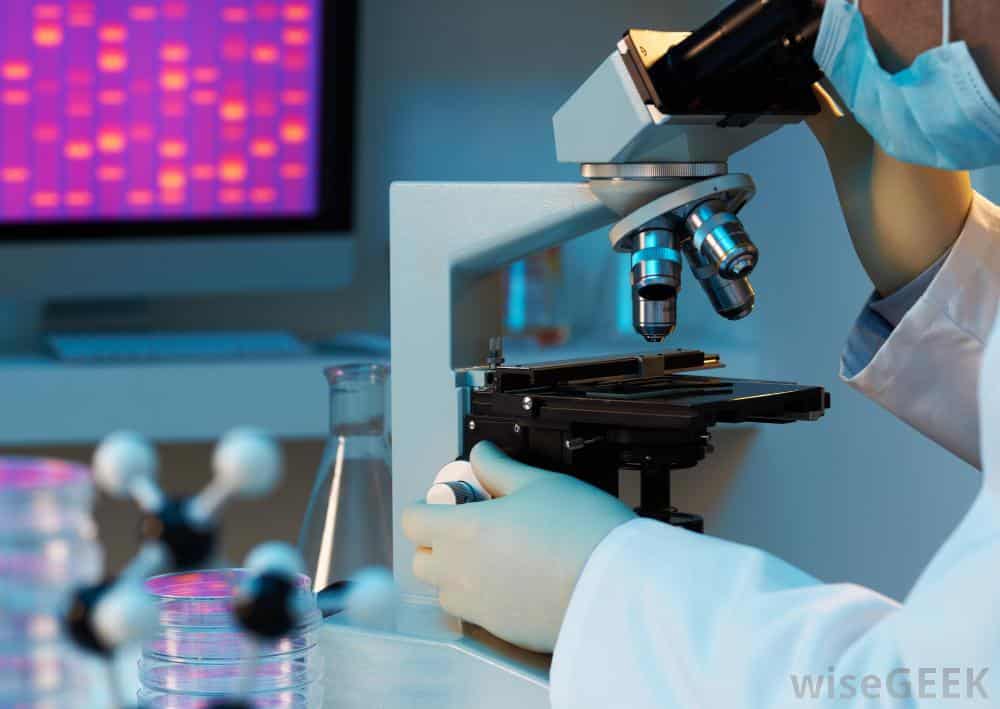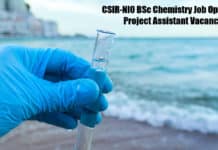Analyzing Chemical Reactions in Particulates
A new method to analyze particulate matter much more precisely than ever before has been developed by researchers. They disproved an established doctrine with its help: Because molecules in aerosols are enclosed in other suspended matter, they do not undergo further chemical transformations. The understanding of global processes involved in air pollution and cloud formation can be improved, and their corresponding models can be refined, using their findings.
Inhaling α-pinene while walking through the coniferous forest is why we feel the air to be tangy and refreshing. In the oils of conifer trees, α-pinene is one of the volatile organic compounds and it is present in rosemary and eucalyptus also. In most people, pleasant feelings are triggered by the smell. The compound changes into other compounds, so-called highly oxidized organic molecules under the influence of radicals in the atmosphere. These compounds are to some extent harmful substances and are reactive. These compounds have come under scrutiny only recently by atmospheric researchers and yet, their role is still unknown.
Compared to the starting substance α-pinene, these highly oxidized organic molecules are less volatile and thus they easily condense. They form what we call aerosols or particulate
matter when combined with liquid and solid substances, and dust particles in the air.At PSI, Andre Prévôt of the Laboratory of Atmospheric Chemistry said, ” Such molecules were thought to be protected from further transformations once they landed in the particulate matter up to now. It was believed that they would simply spread out over the atmosphere and eventually rain down and would not change anymore.”
The researchers from PSI proved this widespread opinion wrong as they showed: “Even in the particulate matter, the reactions continue.”
These observations should aid in the improvement of simulation models like those for air pollution and cloud formation. Predicting what happens in the atmosphere can be simulated through these models, for instance, how the air quality is affected by a reduction in certain emissions.
From the aerosol into the measuring device
The chemical compounds in the particulate matter were analyzed directly under atmospheric conditions for the first time by PSI researchers. They used the PSI smog chamber for this in which atmosphere processes can be simulated. The compound was caused to react with ozone by injecting a droplet of α-pinene into the chamber. They observed which chemical compound disappeared and which one formed from α-pinene, for over a period of 15 hours.
For atmospheric measurements, a new analytic device was developed by the scientists in cooperation with the company in Thun, Switzerland – Tofwerk. This device, EESI-TOF (extractive electrospray ionization time-of-flight mass spectrometer) made the research possible. Urs Baltensperger, the atmospheric chemist explained that “The larger molecules in the aerosol are also detected directly. Each molecule can be recorded separately as the new device ionizes without fragmentation.”
Other atmospheric researchers can also benefit from the new method as the device has been brought to the market by Tofwerk with the help of PSI.
Measurements in Zurich
This new analytic method can be used also directly on-site, not only in the laboratory.
PSI researchers used it to investigate aerosols in the air in Zurich during the winter of 2018/19 and the summer of 2019.
It turned out that in summer, a good third of Zurich’s particulate matter consists solely of reaction products of α-pinene and similar molecules. However, wood-burning systems give out emissions and their reaction products were observed during winter.
The journal Science Advances published this research results.
Source – Analyzing chemical reactions in particulates

















































